The Elusive Location of Breakfast at Tiffany’s: Reality, Fiction, and the Enduring Energy of Place
Associated Articles: The Elusive Location of Breakfast at Tiffany’s: Reality, Fiction, and the Enduring Energy of Place
Introduction
On this auspicious event, we’re delighted to delve into the intriguing matter associated to The Elusive Location of Breakfast at Tiffany’s: Reality, Fiction, and the Enduring Energy of Place. Let’s weave attention-grabbing info and supply contemporary views to the readers.
Desk of Content material
The Elusive Location of Breakfast at Tiffany’s: Reality, Fiction, and the Enduring Energy of Place

Blake Edwards’ 1961 movie, Breakfast at Tiffany’s, starring Audrey Hepburn as Holly Golightly, stays a cinematic icon. Greater than only a charming romantic comedy, the movie cemented Tiffany & Co.’s standing as a logo of aspirational magnificence and indelibly linked the picture of Holly Golightly with the enduring Fifth Avenue jewellery retailer. Nevertheless, the movie’s title is, in itself, a slight misdirection. Holly by no means really eats breakfast at Tiffany’s. This seemingly minor element raises a captivating query: the place does Holly Golightly have her breakfast, and what does the enduring ambiguity of this location reveal in regards to the movie’s themes and its lasting affect?
The movie opens with Holly, stylishly clad in a black turtleneck and outsized sun shades, standing earlier than the Tiffany & Co. retailer on Fifth Avenue. The scene, meticulously crafted by Edwards and cinematographer Franz Planer, establishes the movie’s visible language and instantly introduces the central paradox of Holly’s character: her outward glamour masking an internal vulnerability. The magnificent retailer serves as a backdrop, a logo of unattainable luxurious and the subtle façade Holly tasks to the world. This preliminary scene, nevertheless, shouldn’t be a breakfast scene. Holly is just observing the shop, discovering solace and maybe a way of safety in its unchanging, opulent presence. The picture is immediately iconic, but it is essential to grasp it does not depict the motion described within the title.
The precise location of Holly’s breakfasts stays intentionally imprecise all through the movie. We see glimpses of her condo, a charmingly chaotic area that contrasts sharply with the pristine magnificence of Tiffany’s. This condo, positioned at 18 East 71st Road in New York Metropolis, is a far cry from the refined luxurious prompt by the movie’s title. It is a cramped area, reflecting Holly’s precarious existence and her makes an attempt to keep up a rigorously constructed persona. Whereas we see Holly consuming espresso and pastries in her condo, these scenes by no means absolutely seize the essence of a “breakfast at Tiffany’s.”
The anomaly surrounding the breakfast location is a deliberate inventive selection. The title itself acts as a metaphorical shorthand for Holly’s aspirations and her relationship with town. Tiffany’s represents a desired degree of stability and class that eludes her. The breakfast, a easy but important meal, symbolizes a grounded normalcy that Holly regularly seeks however by no means fairly achieves. The title, subsequently, capabilities as a intelligent juxtaposition, highlighting the hole between Holly’s desires and her actuality.
The novel by Truman Capote, on which the movie relies, provides a barely completely different perspective. Whereas the novel additionally does not depict Holly having breakfast inside Tiffany’s, it supplies a extra detailed description of her way of life and her relationship with town. Within the ebook, Holly’s actions are much less romanticized, and the distinction between her glamorous exterior and her unsure inside is much more pronounced. The novel’s portrayal of Holly’s breakfast habits is much less targeted on a particular location and extra on the transient nature of her life, highlighting her fixed motion and her incapability to quiet down.
The movie, nevertheless, takes liberties with the supply materials, softening a number of the harsher edges of Capote’s portrayal. Edwards’ adaptation emphasizes the romantic points of Holly’s story, downplaying the darker undercurrents current within the novel. This shift in tone impacts the interpretation of the breakfast location. Within the movie, the paradox permits for a extra romanticized studying, leaving the viewers to fill within the gaps and challenge their very own interpretations onto Holly’s elusive breakfast ritual.
The enduring enchantment of Breakfast at Tiffany’s lies, partly, in its capacity to evoke a way of longing and aspiration. The movie’s visible fashion, its memorable soundtrack, and Hepburn’s iconic efficiency all contribute to its timeless allure. The unresolved query of Holly’s breakfast location enhances this enchantment, permitting the viewers to take part within the creation of the narrative. It is a delicate but highly effective gadget that encourages viewers to interact with the movie on a deeper degree, reflecting on the complexities of Holly’s character and the elusive nature of happiness and achievement.
Moreover, the movie’s enduring recognition has solidified Tiffany & Co.’s place in fashionable tradition. The affiliation of the shop with Holly Golightly, whatever the precise breakfast location, has been immensely useful for the model. The movie’s imagery has been repeatedly utilized in promoting and advertising and marketing campaigns, additional reinforcing the connection between Tiffany’s and the glamorous, aspirational way of life it represents. This symbiotic relationship between the movie and the model highlights the facility of cinematic storytelling and its capacity to form our perceptions of place and shopper tradition.
In conclusion, the placement of Holly Golightly’s breakfast in Breakfast at Tiffany’s is much less vital than the symbolic weight it carries. The title itself serves as a potent metaphor, representing Holly’s craving for stability and her makes an attempt to create a lifetime of magnificence and class. The anomaly surrounding the precise location enhances the movie’s enduring enchantment, inviting viewers to interact with the narrative on a private degree and to ponder the elusive nature of happiness and the complexities of human need. The movie’s legacy shouldn’t be outlined by a particular breakfast spot, however by the enduring picture of Holly standing earlier than Tiffany’s, a logo of each aspiration and the bittersweet realities of life within the metropolis. The movie’s energy lies in its capacity to seize the essence of a selected time and place, whereas concurrently resonating with audiences throughout generations, proving that typically, the thriller is extra charming than the reply.
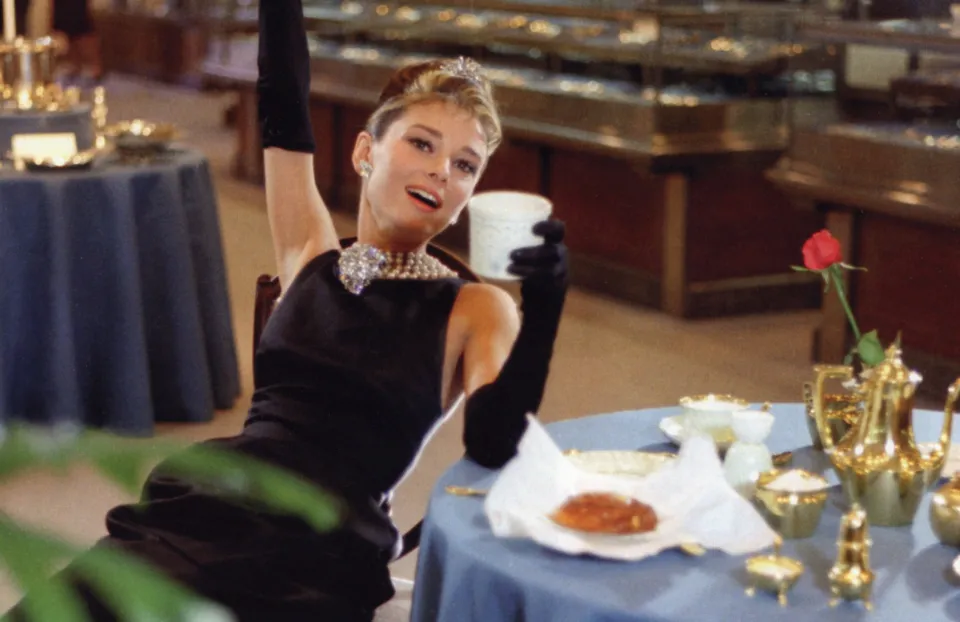


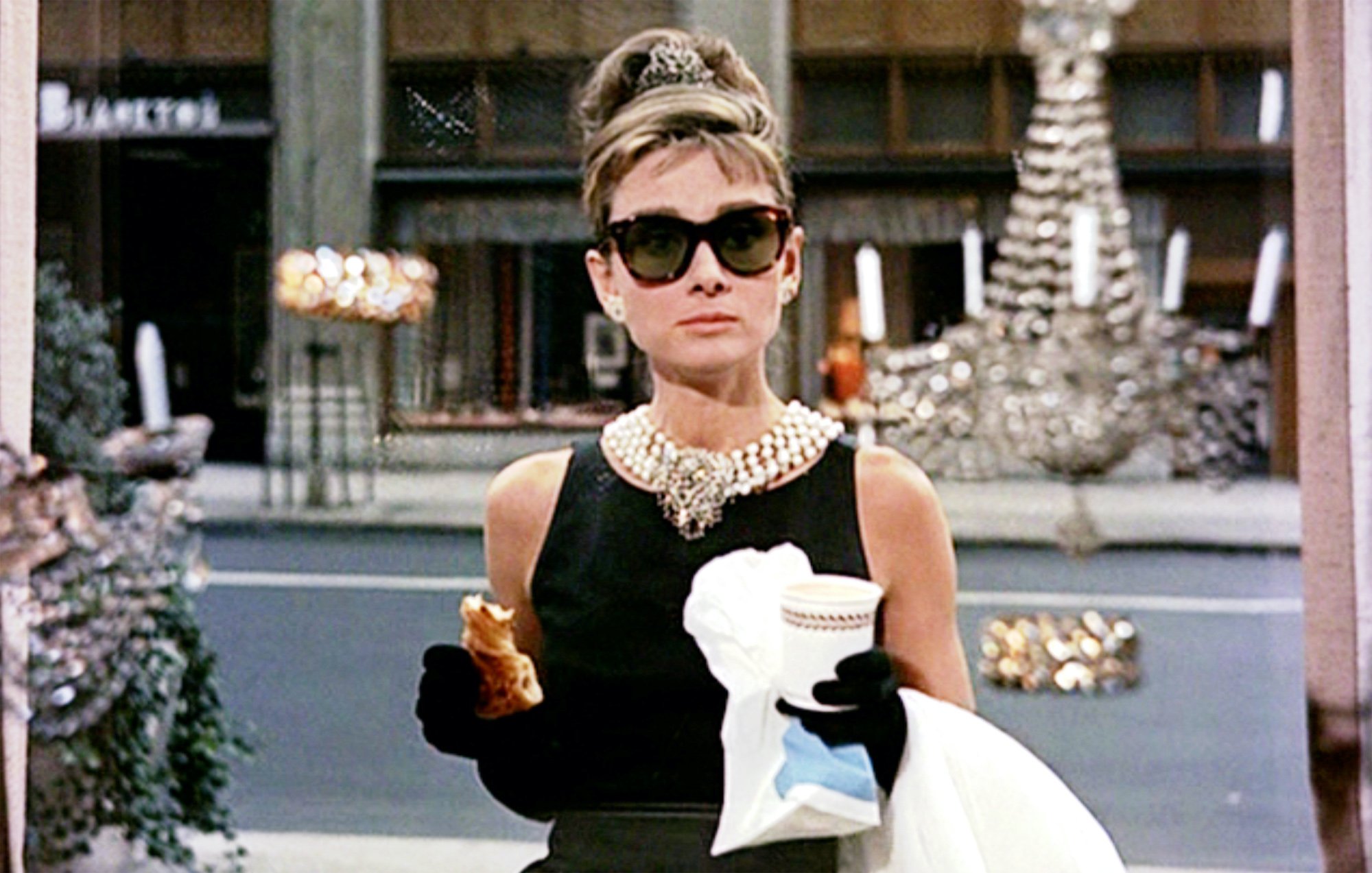

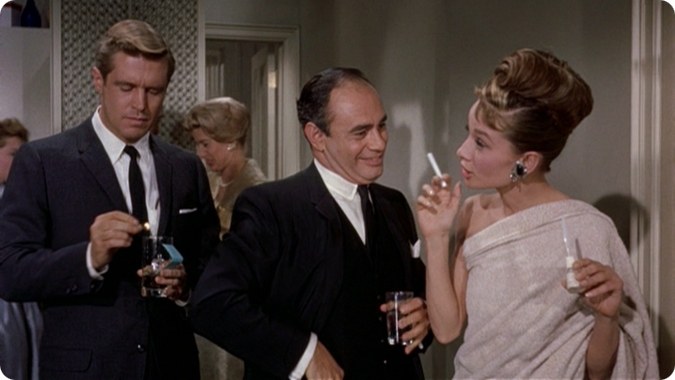
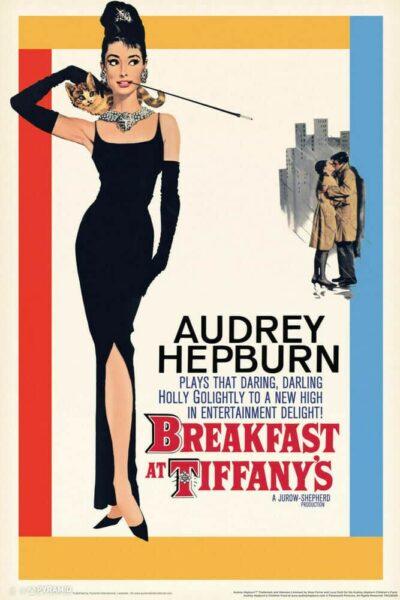
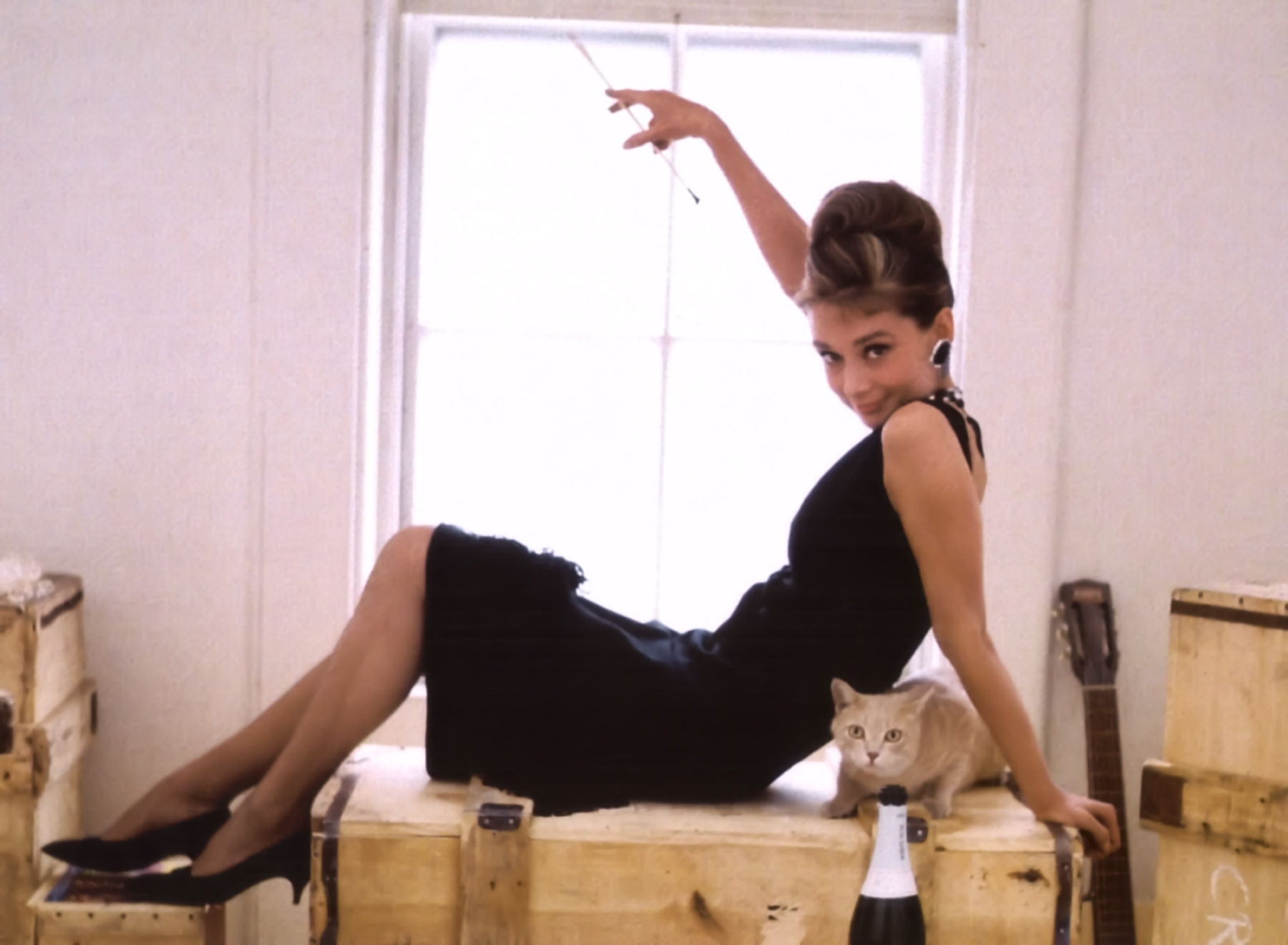
Closure
Thus, we hope this text has offered invaluable insights into The Elusive Location of Breakfast at Tiffany’s: Reality, Fiction, and the Enduring Energy of Place. We respect your consideration to our article. See you in our subsequent article!